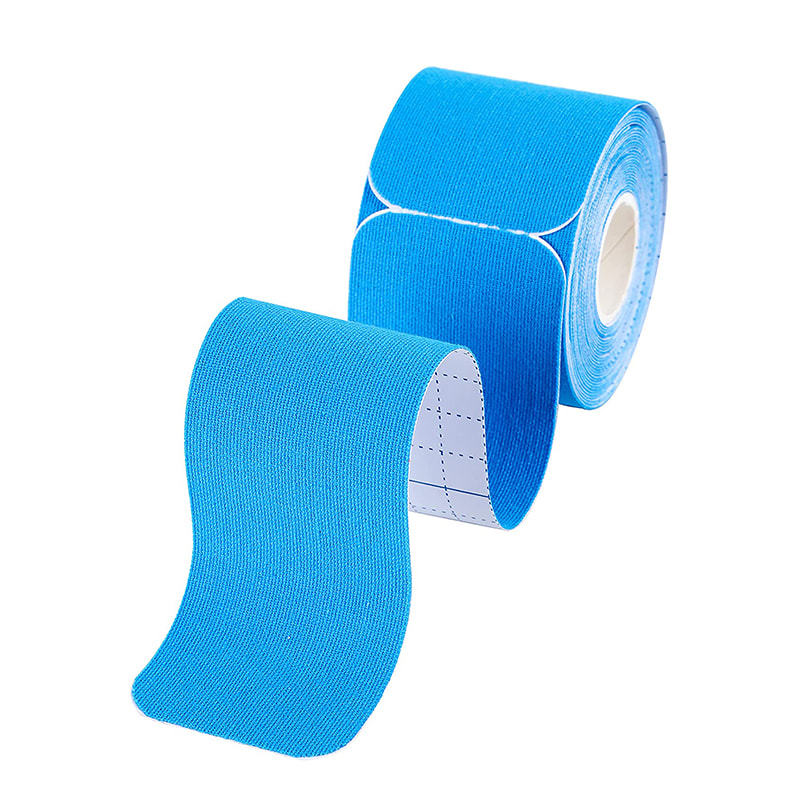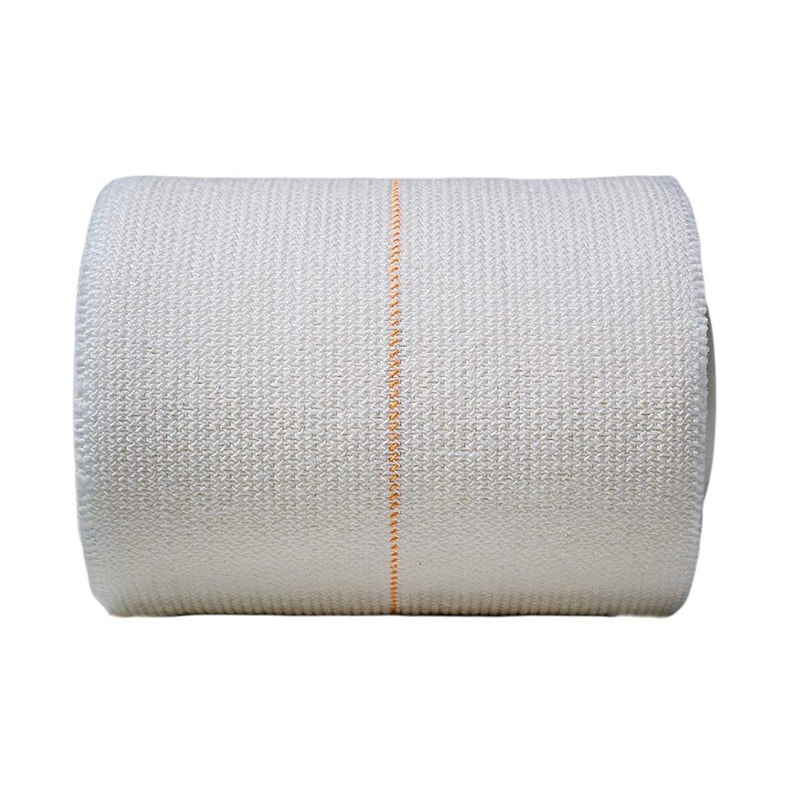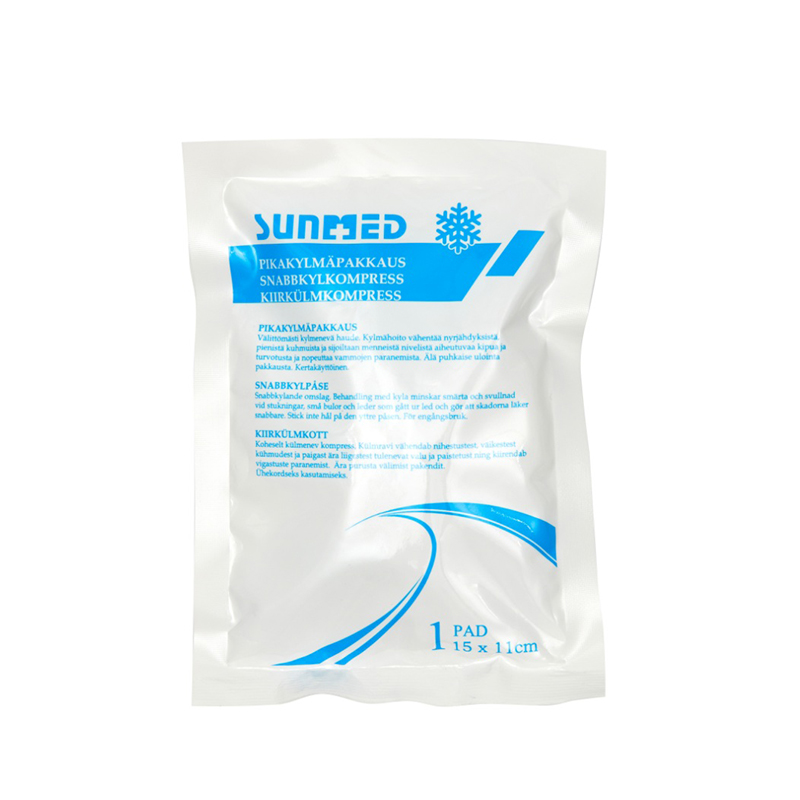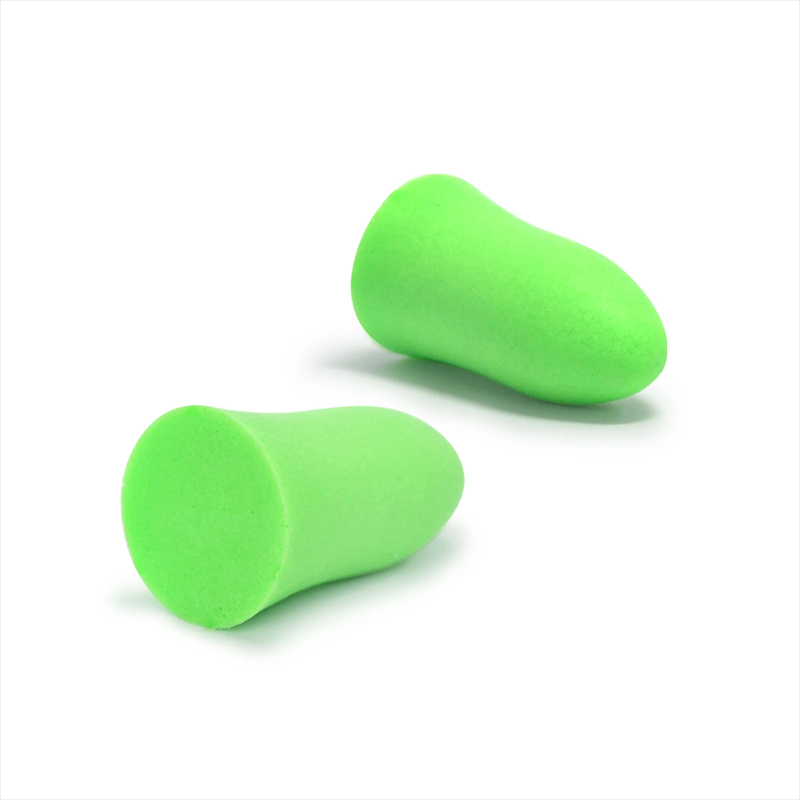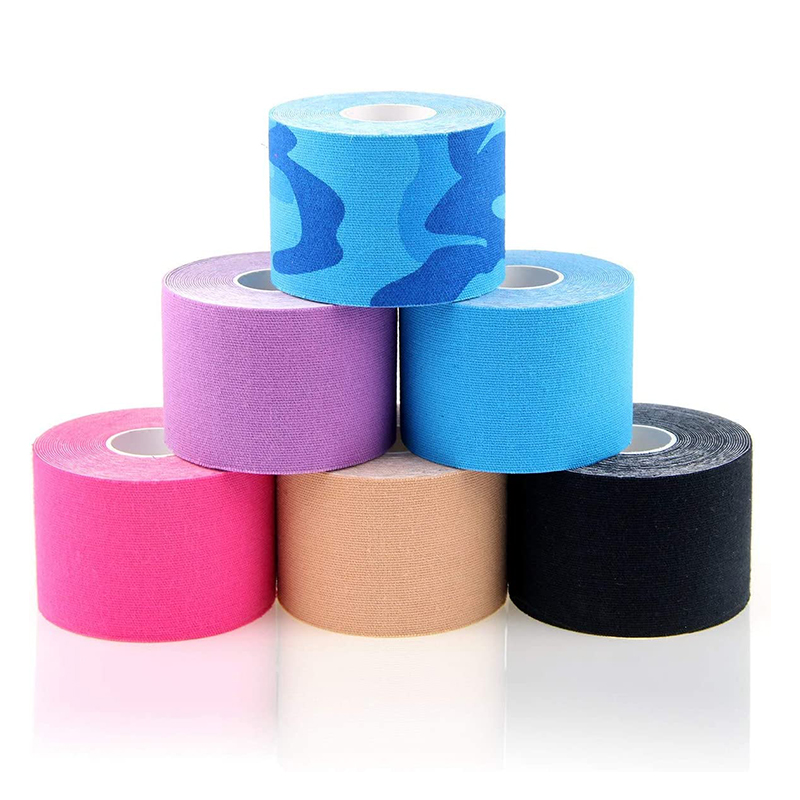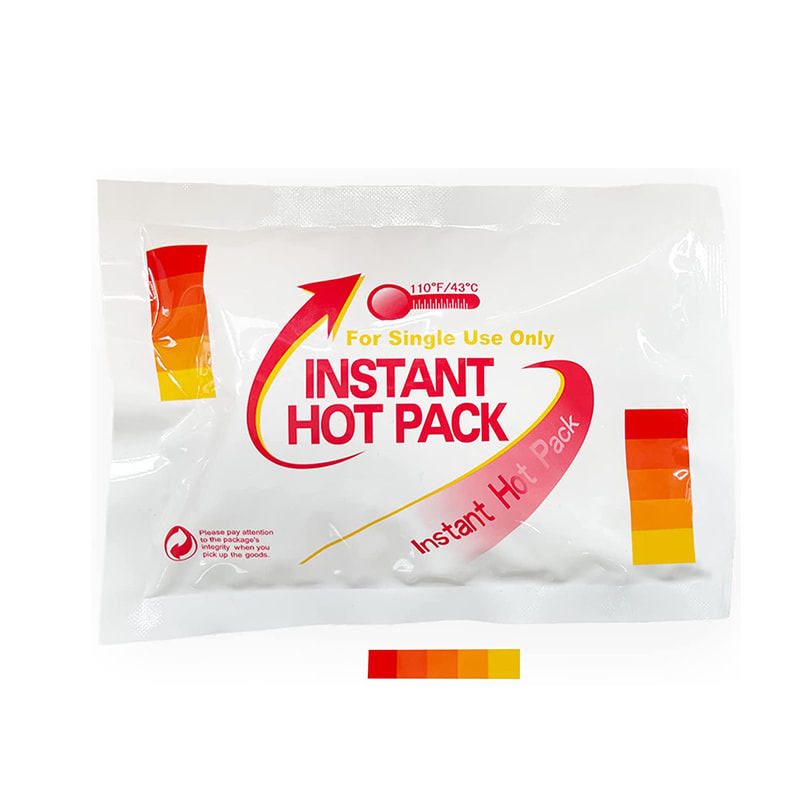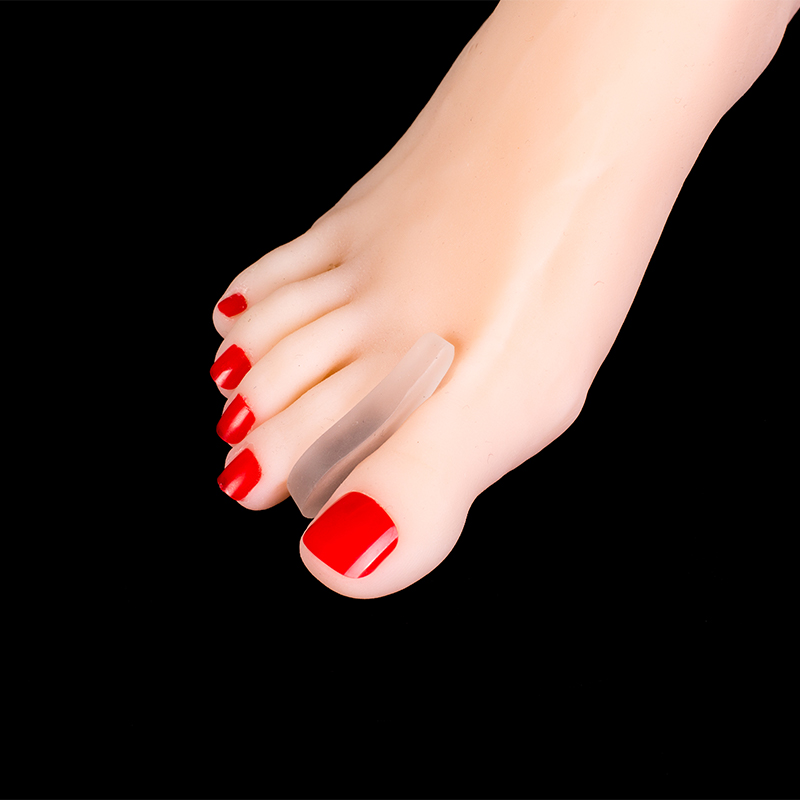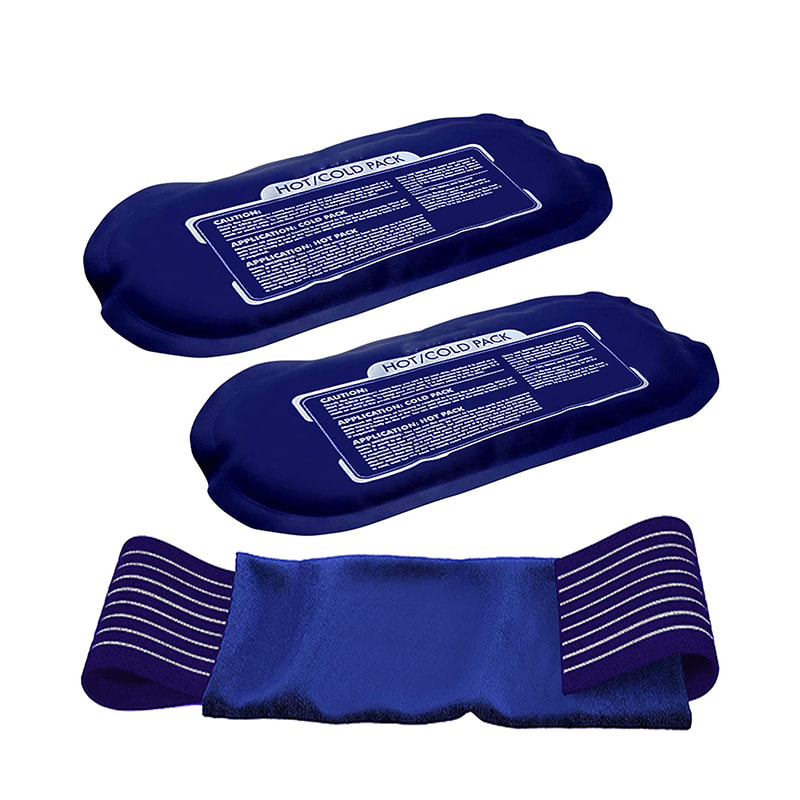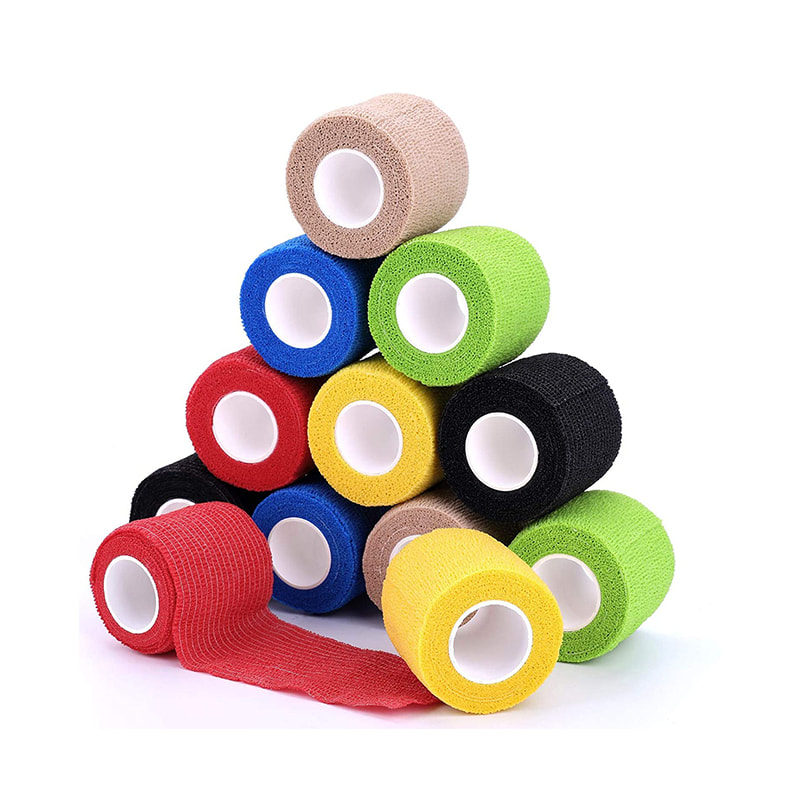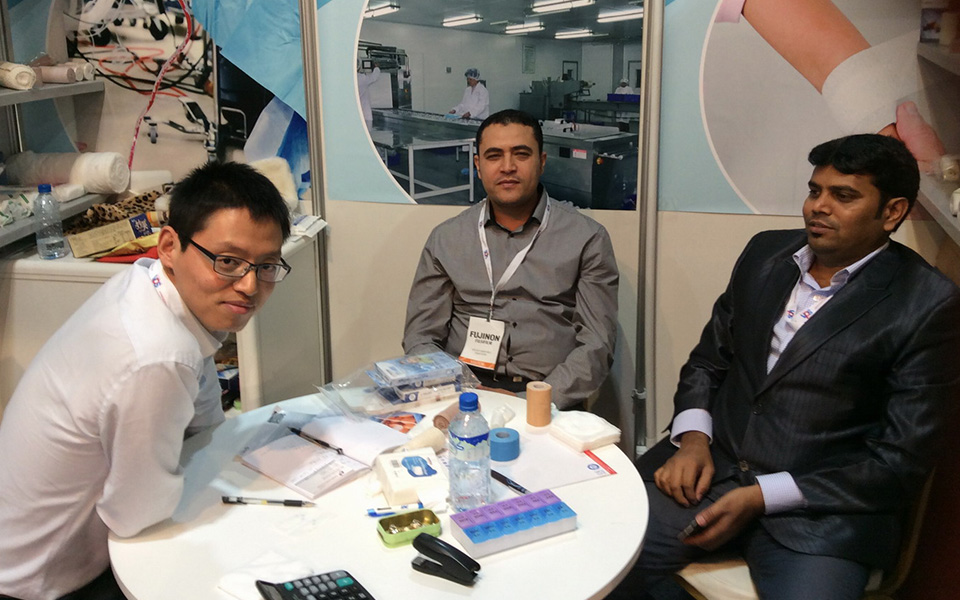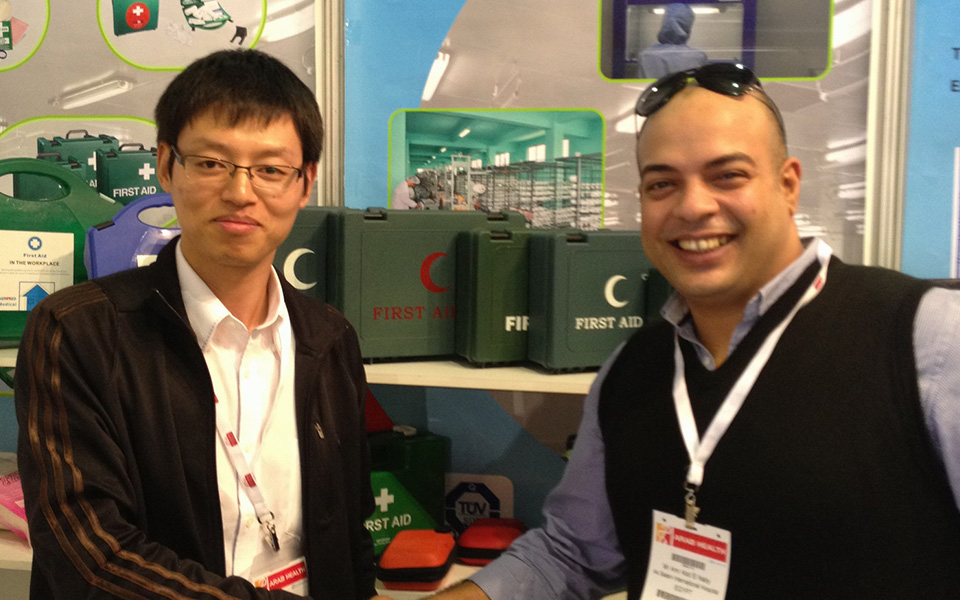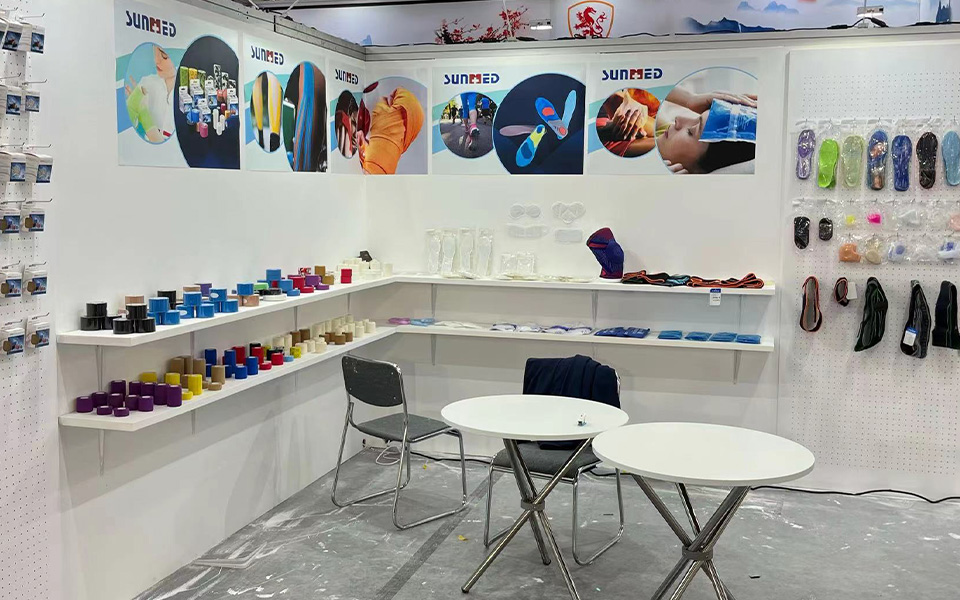Hydrocolloid bandages are medical dressings commonly used to heal chronic or larger wounds. While they are suitable for many types of wounds, not all wounds are suitable for hydrocolloid bandages.
Here are some situations where hydrocolloid bandages are appropriate:
Minor Wounds: Small cuts, scrapes, and blisters can benefit from the moist healing environment created by hydrocolloids.
Chronic wounds: Hydrocolloid bandages have good healing effects on chronic wounds, such as ulcers, bed sores and diabetic foot ulcers. They can provide a moist environment and promote wound healing.
Superficial Burns: For minor burns, hydrocolloid bandages can provide protection and comfort to promote skin regeneration and healing. Hydrocolloids can help relieve pain and protect the wound.
Superficial cuts and scrapes: For less serious cuts and scrapes, hydrocolloid bandages can provide protection and help the wound heal, reducing the risk of infection.
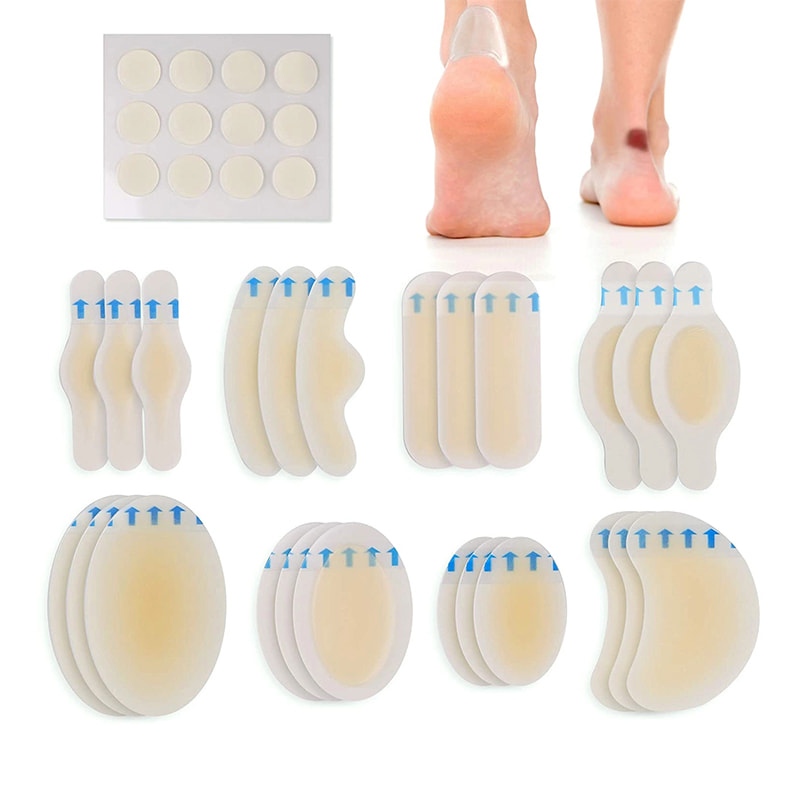
After skin grafting: Hydrocolloid bandages can be used for wound management after skin grafting to help the new skin heal and integrate.
However, for some types of wounds, hydrocolloid bandages may not be the best choice. For example:
Deep Wounds: For deep wounds or large skin defects, more complex wound management and covering dressings may be required.
Infected wounds: If the wound is infected or at high risk for infection, hydrocolloid bandages may not be suitable as they may not provide adequate protection or may worsen the infection.
Wounds that bleed heavily: For wounds that bleed profusely, hydrocolloid bandages may not provide adequate pressure control and other forms of dressing or hemostasis may be required.
Wound types best healed with hydrocolloid bandages:
Moist, moderately exuding wounds: A bandage can absorb excess fluid while keeping the wound bed moist. Blisters: Hydrocolloids can provide cushioning and promote healing.
Before choosing to use a hydrocolloid bandage, a medical professional should evaluate the type and severity of the wound and develop an appropriate treatment plan for the specific situation.

 English
English Español
Español русский
русский Français
Français Deutsch
Deutsch By Admin
By Admin
